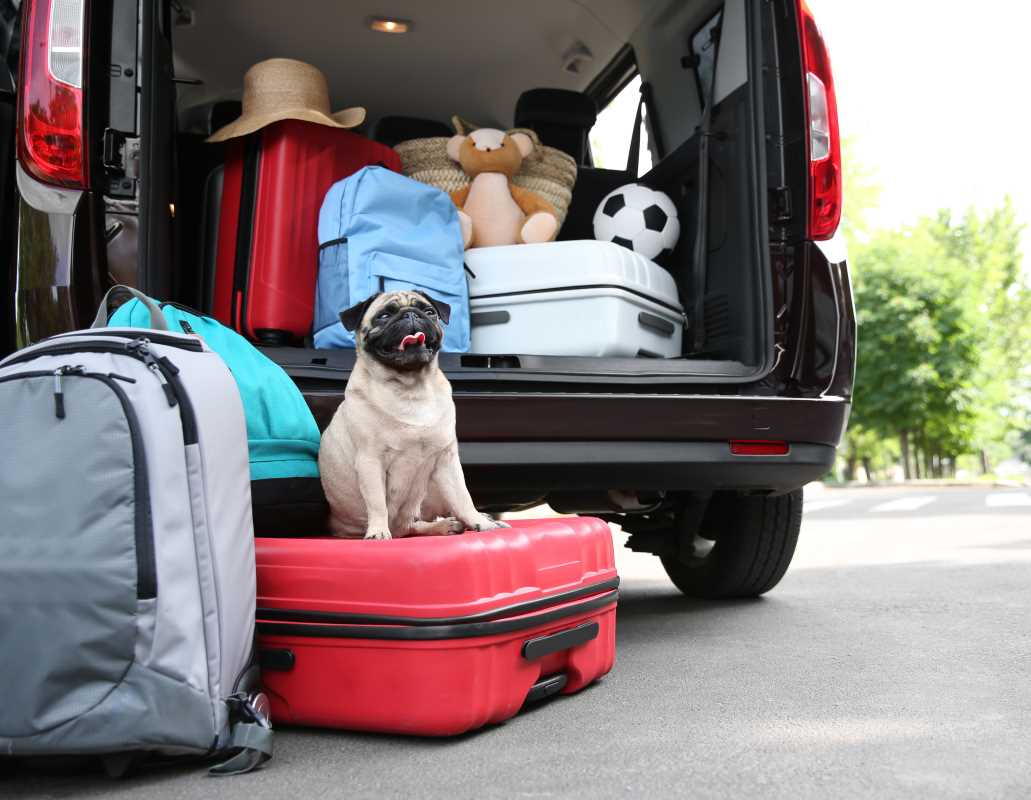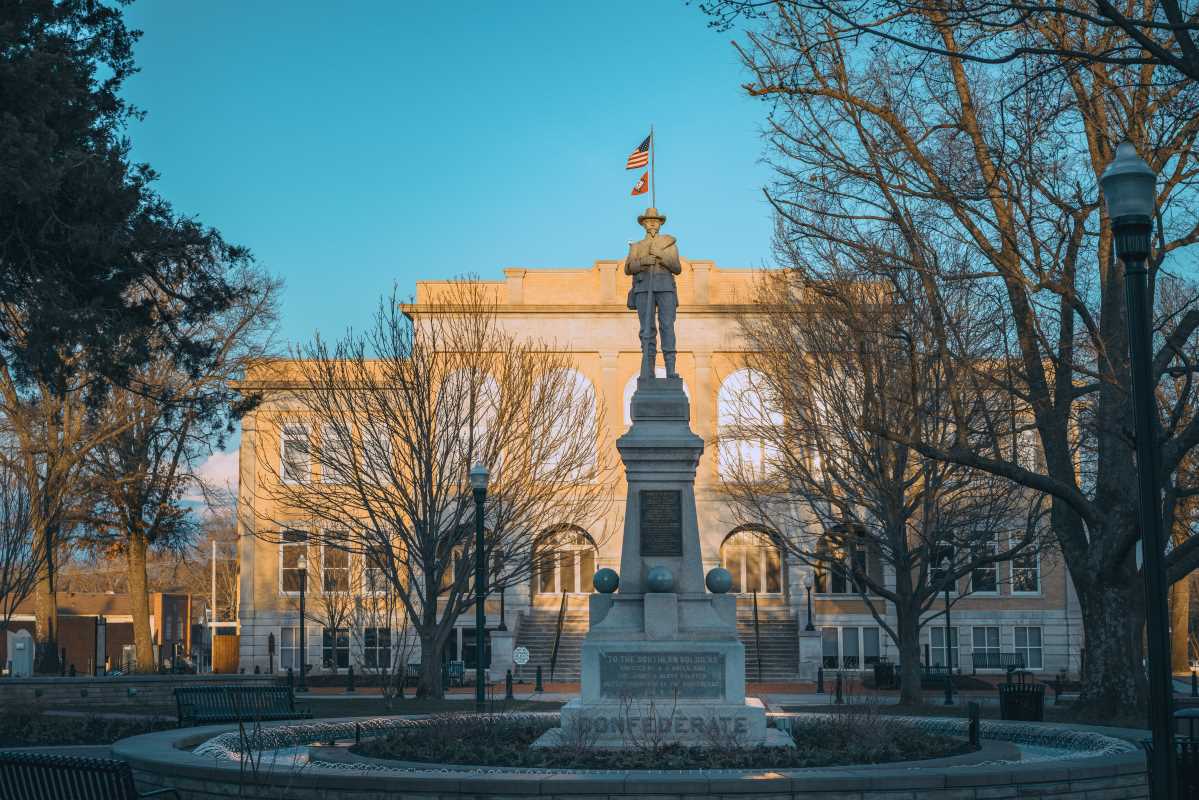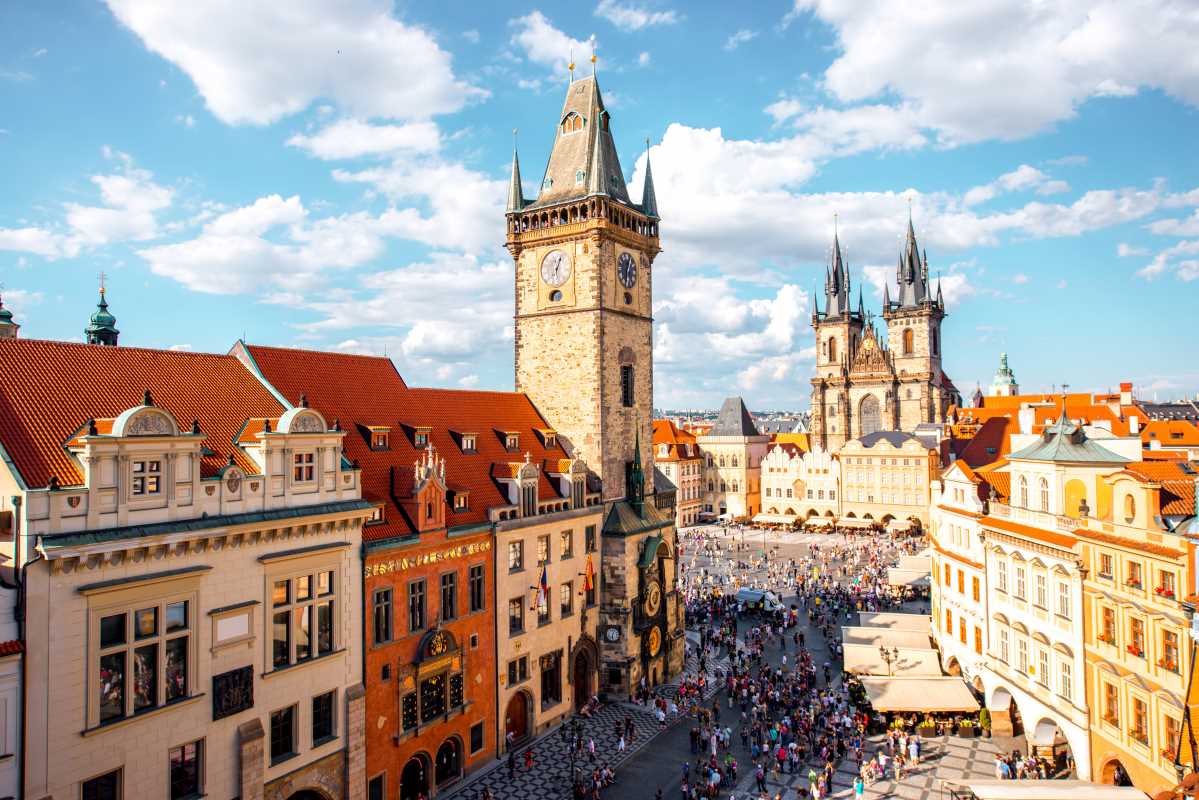Traveling during peak season often means dealing with crowded attractions, skyrocketing prices, and sold-out accommodations. For many, though, peak seasons are the only chance to truly take a vacation, thanks to school holidays, seasonal events, or favorable weather conditions. There's a reason they're called "peak" seasons! The good news is that you don’t have to drain your bank account to enjoy your trip, even during these busy times. By planning smart and being flexible, you can experience your dream vacation without overspending. We'll share practical and unique tips for saving money and checking out popular destinations at their busiest without sacrificing fun, comfort, or quality.
Watch Flight Prices
Airfare tends to spike during peak season, but timing can help you score better deals. Start monitoring ticket prices a few months in advance using fare alert tools like Google Flights or Hopper. Flights are often cheaper midweek or during less popular flight times, like late at night or early morning.
Consider alternative airports for departures or arrivals. Flying into Oakland instead of San Francisco or Ft. Lauderdale instead of Miami often saves you significant money. Always check nearby cities when searching for deals, as driving an extra hour to or from the airport could be far cheaper than paying premium fares.
Pro tip: Use loyalty programs or travel credit card points to reduce flight costs. Airlines often release award seats even during busy periods, and using points can eliminate a major chunk of your travel budget.
Shift the Travel Frame
Peak season doesn’t have to mean peak dates. Slightly adjusting your travel frame by arriving just before or after the busiest rush can help cut costs significantly. If you’re planning a summer getaway, consider booking for mid-to-late June rather than July.
Shoulder periods around major holidays often feature reduced prices on accommodations and activities and maintain the festive vibes. Taking advantage of long weekends rather than traveling during school vacations can also cushion the financial blow.
Choose Alternative Destinations
Popular destinations during peak seasons will almost always charge premium prices. Instead, seek out less-traveled alternatives nearby. Skip Santorini in July and head to Milos or Naxos for a similar Greek island escape with fewer crowds.
Research lesser-known gems that offer the same charm at a fraction of the cost. Visiting Bruges instead of Paris in the summer or choosing Vietnam’s Hoi An over Bangkok during the winter may save money and deliver equally memorable experiences.
Stay Outside the City Center
Accommodations in the heart of busy tourist areas are always more expensive during peak season. Staying outside the main city limits often results in substantial savings. Staying in Mestre instead of Venice or Burbank instead of Los Angeles can cut lodging costs without sacrificing access to top attractions.
Public transportation or ridesharing apps make it easy to commute between your lodgings and the main attractions. Sometimes, going to quieter neighborhoods away from the tourist epicenter offers more authentic experiences as well.
Take Advantage of Alternative Accommodation
Accommodations are one of the biggest expenses during travel, especially in peak seasons. Hotels often charge premiums when demand is high, but alternative lodging options can deliver higher value at lower costs.
Consider vacation rental platforms like Airbnb or Vrbo, as well as home-sharing options where you can rent an entire apartment or share a home. Travelers looking for extra savings should consider house-swapping services like HomeExchange, where you simply trade homes with another traveler for free lodging.
Hostels aren’t just for young backpackers anymore. Many now offer private or family rooms at competitive rates, making them a great option even for families or couples. Bonus tip: Book well in advance to lock in lower rates, as prices tend to rise the closer you are to peak dates.
Eat Smart to Save Big
Dining out at peak-season destinations can be expensive, but small changes in how and where you eat make a huge difference for your wallet. Avoid restaurants in touristy areas or near major attractions, as these tend to inflate prices. Walk a few blocks away and seek out local hidden gems with authentic and affordable food.
Consider eating your main meal at lunch instead of dinner. Many restaurants have lunch specials offering the same menu items at reduced prices. In Europe, prix fixe menus or set lunches provide excellent value for luxury dining.
Another great tip is relying on ready-to-eat meals from bakeries, grocery stores, or street vendors. You save a lot, and you’ll also often experience more local flavors in a casual setting, like enjoying a fresh baguette picnic under the Eiffel Tower instead of dining at a high-end bistro.
Book Attractions and Activities Early
Peak seasons mean longer lines and higher demand for activities, but pre-booking tickets cuts these issues in half. Many attractions offer early-bird discounts or combination passes when booked online. Cities like New York, London, or Tokyo have multi-attraction city passes that save both money and time by bundling popular sites.
Some destinations provide free or reduced-fee days for major attractions. Research city guides before your trip to pinpoint when those deals occur. Booking early also means you don’t miss out on highly sought-after tours or activities, which often sell out in advance during peak periods.
Use Public Transportation
Relying on cabs or rideshares in peak-season destinations adds up quickly, especially in cities with significant traffic. Mass transit systems like subways, trams, or buses are often the cheapest and quickest way to get around. Purchase day passes or week-long cards for unlimited travel at a set price.
Biking or walking is another way to explore cities like Amsterdam, Kyoto, or Copenhagen. Many places offer bike rentals or city-wide bike-sharing programs for tourists. You’ll absorb more local atmosphere while saving money on transport.
 (Image via
(Image via
.jpg)




